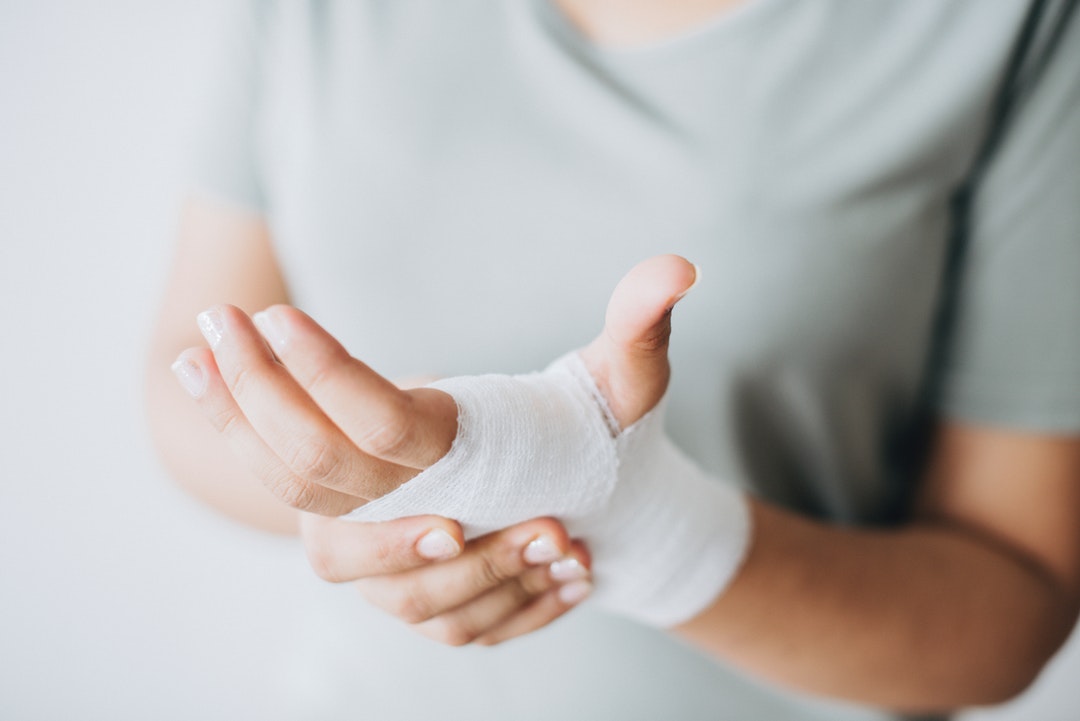5 Types of Hand Injuries

You use your hands in most of your daily activities, so they are at a higher risk of injury. Hands contain intricate networks that help them function appropriately, including bones, ligaments, muscles, and tendons. Any damage or irritation to these parts can lead to pain or alter your hand’s normal functioning. Hand injuries mostly result from overuse, trauma, or compression. You are more likely to experience hand injuries if you engage in sports or your occupation involves repetitive use of your hands. Your Upper Extremity Specialists doctors can treat your hand injury through medications, supportive aids, physical therapy, or surgery. There are various types of hand injuries, including:
- 1. Hand fractures
Your hand anatomy is protected by a thin layer of muscle and tissue, so an impact can lead to severe damage. A hand fracture can result from a hard blow, a car accident, or a fall. The symptoms of hand fracture include swelling, bruising, numbness, tenderness, and extreme pain at the injury site. Pain may worsen when you grip your hand. Sometimes it is easy to identify a fracture, especially a compound fracture because the broken bone breaks your skin.
- Tendonitis
Tendonitis is the inflammation of tendons. Tendons are flexible tissues that connect muscles to bones. Tendonitis causes swelling, tenderness, and irritation in the affected area, and it may lead to severe pain and make it difficult to use your hand. Tendonitis mostly results from sudden impact or using your hands repeatedly. You are most likely to have tendonitis if your job involves repetitive use of hands like typing or sports such as golf.
- Strains
Strains and tendonitis have some similarities. Both problems harm your muscles and bones, but stresses affect a larger region of your hand. Suddenly angling your hand can lead to a strain. Strains happen when you stretch your muscle fibers, leading to pain. Over time, the fibers knit together, but it may take an extended period. In the recovery phase, your hand may be achy, but resting can speed up the healing.
- Sprains
Sprains involve damaging or irritating the hand ligaments. Ligaments are tough tissues that connect the bones and cartilage. They are rigid and flexible but can tear or stretch due to extreme pressure. A sprain can result from a fall, particularly if you use your hand to break the fall. Pain, swelling, tenderness, bruising, weakness at the injury site, and challenges moving your hand or fingers are the main symptoms of sprains.
- Dislocations
Dislocation is where your hand bones break and move out of place. Falls, accidents, and placing your hands in an awkward position can lead to a dislocation. Dislocations mostly affect the capitate and lunate hand bones. Most people confuse fracture with dislocations, but you can quickly identify a dislocation. Dislocation causes severe pain; your hand appears distorted or out of place, and you strain to move your hand.
Hand injuries may involve any part of your hand, including bones, muscles, ligaments, and tendons. There are many types of hand injuries, and the common ones include strains, sprains, fractures, dislocations, and tendonitis. Schedule an appointment at Upper Extremity Specialists for hand injury treatment to resume your daily routine.







